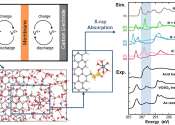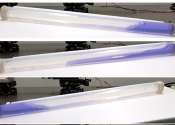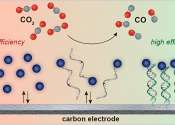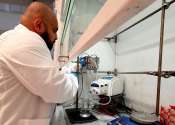Advances in battery technology: Iron-chromium redox flow batteries enhanced with N-B doped electrodes
Researchers have achieved a significant advancement in battery technology that could improve how energy is stored and utilized, particularly for large-scale applications.
Jun 5, 2024
0
6









